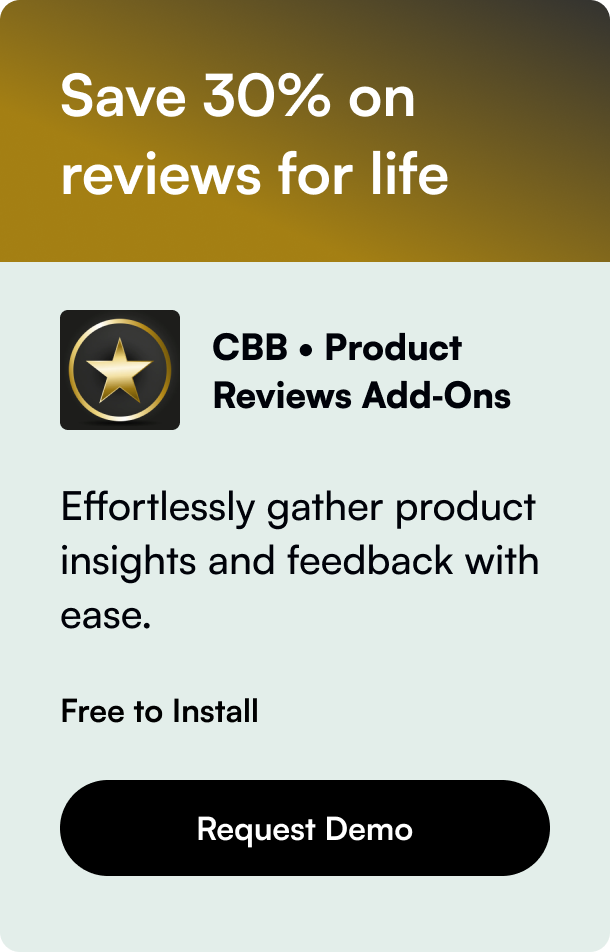Table of Contents
- Introduction
- Why Shopify Website Optimization Matters
- How to Optimize Your Shopify Website
- Conclusion
- FAQs
Introduction
Did you know that the success of your Shopify store largely depends on how well your website is optimized? In the ever-evolving digital landscape, creating a Shopify store is just the beginning. To truly stand out and capture the attention of your target audience, you need to delve deeper into optimizing your website. Whether you're a budding entrepreneur or an established business looking to boost your online presence, understanding how to effectively optimize your Shopify website can be the game-changer you need.
In this comprehensive guide, we will explore the ins and outs of Shopify website optimization, covering everything from the importance of website performance to leveraging SEO techniques and enhancing user experience. By the end of this post, you will have gathered actionable insights and tips to help your Shopify store not only attract more visitors but also convert them into loyal customers.
Why Shopify Website Optimization Matters
Optimizing your Shopify website is crucial for several reasons. Firstly, it significantly improves your store's visibility on search engines, driving more organic traffic your way. Additionally, a well-optimized website offers a seamless and enjoyable shopping experience for your visitors, which in turn, increases conversion rates and customer retention.
Key Areas of Focus for Shopify Website Optimization
- Website Performance: Speed and responsiveness are vital for keeping your visitors engaged. Slow-loading pages can lead to high bounce rates and lost sales opportunities.
- Search Engine Optimization (SEO): An optimized website ranks higher on search engine results pages (SERPs), making it easier for potential customers to find your store.
- User Experience (UX) and User Interface (UI): A user-friendly website that's easy to navigate ensures that visitors have a pleasant browsing experience, encouraging them to spend more time on your site and make a purchase.
- Mobile Optimization: With the majority of internet users accessing websites via mobile devices, optimizing your Shopify store for mobile is non-negotiable.
How to Optimize Your Shopify Website
1. Enhance Your Website's Loading Speed
- Minimize Image Sizes: Use image compression tools to reduce the file size without compromising quality.
- Utilize a Responsive Theme: Choose a theme that's optimized for speed and mobile devices.
- Limit the Use of Heavy Apps: Evaluate the necessity of each app installed on your site and remove any that significantly slow down your website.
2. Implement SEO Best Practices
- Conduct Keyword Research: Identify the keywords your target audience is searching for and incorporate them into your website's content, including product descriptions, blog posts, and meta tags.
- Optimize Product Pages: Ensure each product page has a unique title, description, and URL structure that includes relevant keywords.
- Leverage Blogging: Create valuable content related to your products or industry to attract more visitors and improve your site's SEO.
3. Focus on User Experience (UX)
- Simplify Navigation: Ensure your website’s structure is intuitive, making it easy for visitors to find what they’re looking for.
- Use High-Quality Images and Videos: Visuals play a crucial role in showcasing your products and engaging visitors.
- Create Detailed Product Descriptions: Provide comprehensive and compelling product descriptions that answer potential questions and highlight key features.
4. Optimize for Mobile Users
- Test Your Website on Different Devices: Regularly check how your website performs on various smartphones and tablets.
- Implement Mobile-Friendly Features: Consider using larger buttons, easy-to-fill-out forms, and other mobile-specific user interface improvements.
- Accelerate Mobile Pages (AMP): Use AMP to create lightweight pages that load quickly on mobile devices.
5. Utilize Social Proof and Reviews
- Encourage Customer Reviews: Display reviews prominently on your product pages to build trust with potential buyers.
- Showcase User-Generated Content: Share photos and stories from your customers using your products to enhance credibility and engagement.
Conclusion
Optimizing your Shopify website is a dynamic process that requires continuous effort and monitoring. By focusing on the key areas discussed in this guide, you can significantly improve your store’s performance, enhance user experience, and boost your SEO efforts. Remember, the goal is to create a website that not only attracts visitors but also converts them into satisfied customers. Start implementing these optimization strategies today and watch your Shopify store thrive in the competitive online marketplace.
FAQs
-
How often should I optimize my Shopify website? Optimization is an ongoing process. It’s recommended to regularly review and update your website, especially after making significant changes or updates to your products or content.
-
Can I optimize my Shopify website myself? Yes, many optimization techniques can be implemented without needing specialized technical skills. However, for more complex issues, especially related to coding or deep SEO strategies, you might consider hiring a professional.
-
Is mobile optimization really necessary? Absolutely. With a significant portion of internet traffic coming from mobile devices, optimizing your website for mobile is critical for ensuring a positive user experience and improving your site’s search engine ranking.
-
How do I know if my optimization efforts are working? Monitor key metrics such as website loading speed, bounce rate, session duration, and conversion rate before and after making optimizations. Tools like Google Analytics can provide valuable insights into your website's performance.








